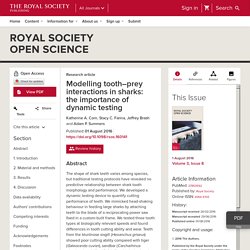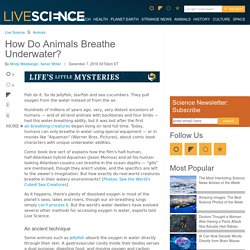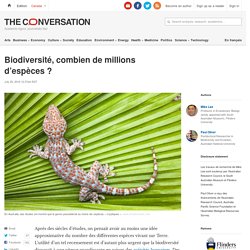Zoom
Trash

Modelling tooth–prey interactions in sharks: the importance of dynamic testing. 1.

Introduction Conventional wisdom suggests that mammals have the greatest diversity in tooth morphology, but another vertebrate group rivals them—sharks. Shark tooth shape is so distinctive that a single tooth can often be attributed to a particular species, especially among large predatory sharks. Though some teeth are simple triangles (e.g. silky shark teeth, Carcharhinus falciformis), many are spear shaped (e.g. mako shark teeth, Isurus oxyrinchus), deeply notched (e.g. tiger shark teeth, Galeocerdo cuvier) or multi-cusped (e.g. sixgill shark teeth, Hexanchus griseus) (figure 1). But unlike in mammals, the relationship between tooth morphology and function is not readily discernable. Biological materials are nearly all viscoelastic, which means loading rate affects the response to load. 2.
Teeth were attached to 12″ Bi-Metal blades (Ace Hardware and Milwaukee) after the metal teeth on the blades were ground to a flat surface with a bench grinder. Pourquoi les poissons nagent ils en banc ? - CichlidameriqueCichlidamerique. How Do Animals Breathe Underwater? Fish do it.

So do jellyfish, starfish and sea cucumbers. They pull oxygen from the water instead of from the air. Hundreds of millions of years ago, very, very distant ancestors of humans — and of all land animals with backbones and four limbs — had this water-breathing ability, but it was lost after the first air-breathing creatures began living on land full time.
Today, humans can only breathe in water using special equipment — or in movies like "Aquaman" (Warner Bros. Pictures), about comic book characters with unique underwater abilities. Comic book lore sort of explains how the film's half-human, half-Atlantean hybrid Aquaman (Jason Momoa) and all his human-looking Atlantean cousins can breathe in the ocean depths — "gills" are mentioned, though they aren't visible, and the specifics are left to the viewer's imagination. As it happens, there's plenty of dissolved oxygen in most of the planet's seas, lakes and rivers, though our air-breathing lungs simply can't process it. New study finds climate change threatens marine protected areas - College of Arts & Sciences. World’s Fastest Shark is Racing Towards Extinction.
What does the new species of hammerhead mean for shark science and conservation? In the year 2000, Dr.

William Driggers, now of the National Marine Fisheries Service’s Southeast Fisheries Science Center in Mississippi, was sampling for sharks in South Carolina. Dr Driggers recalls that “at the time I was collecting samples from various species of sharks for life history studies and also collecting tissues for Dr. [Joseph] Quattro’s genetics work.” Dr. Quattro, a professor at the Marine Science Program and Department of Biological Sciences at the University of South Carolina, had been working on a project to characterize the population genetics of fish in South Carolina by “working my way down river systems to the coast,” he told me. “I was asked “what are the chances that I would misidentify a ‘scalloped hammerhead’ and answered that there was no chance as they are very morphologically distinctive (looks like I was wrong),” Dr.
Figure 1 from Quattro et al. 2006. Last week, the first full description of the new species was published in ZooTaxa. What does the new species of hammerhead mean for shark science and conservation? Biodiversité, combien de millions d’espèces ? Après des siècles d’études, on pensait avoir au moins une idée approximative du nombre des différentes espèces vivant sur Terre.

L’utilité d’un tel recensement est d’autant plus urgent que la biodiversité disparaît à une vitesse grandissante en raison des activités humaines. Des espèces vont s’éteindre avant même qu’on ne les découvre. Les scientifiques ont répertorié près de 2 millions d’espèces, mais on estime le nombre total entre à 3 à 100 millions. Le consensus s’est fixé récemment au bas de la fourchette, avec une étude très popularisée qui a proposé un chiffre précis de 8,7 millions d’espèces (à l’exception des bactéries, trop compliquées à compter). Si c’est bien le cas, on a accompli des progrès considérables en cataloguant la biodiversité de la planète en ayant effectué 20 % peut-être du travail.
Mais dans une correspondance publiée dans la revue Nature, nous estimons que ce consensus sous-estime la biodiversité terrestre d’un facteur dix.